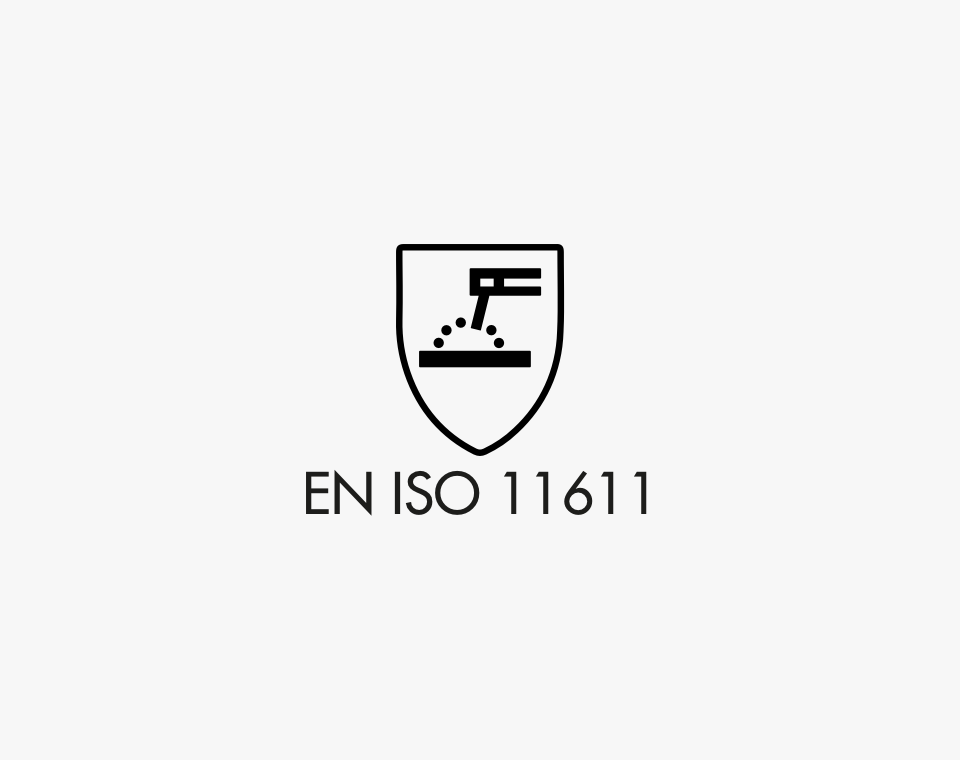PPE Category 3
Protective equipment for welding and allied processes

The international standard EN ISO 11611 specifies the minimum safety requirements for protective equipment to be worn during welding and other technical processes with comparable risks.
PPE category 2, EN ISO 11611 compliant items are intended to protect the user against molten metal splash, short term contact with a flame, radiant heat from an electric arc and minimise the risk of electric shock from accidental contact with live electrical conductors
The scope of EN ISO 11611 includes hoods, aprons, sleeves and gaiters, intended to protect the body including the head (hoods) and feet (gaiters). Hand protection is excluded from its scope.
According to the performance requirements, EN ISO 11611 distinguishes between 2 classes of protection.
Specifies requirements for welding techniques and situations that cause the least amount of metal splash and low radiant heat.
Specifies the requirements for welding techniques and situations causing more metal splash and higher radiant heat.
For full protection against the risks encountered by welders, other items of PPE covered by other standards must be worn in addition in order to protect the head, face, hands and feet.
To define the protection class, various tests are carried out.
